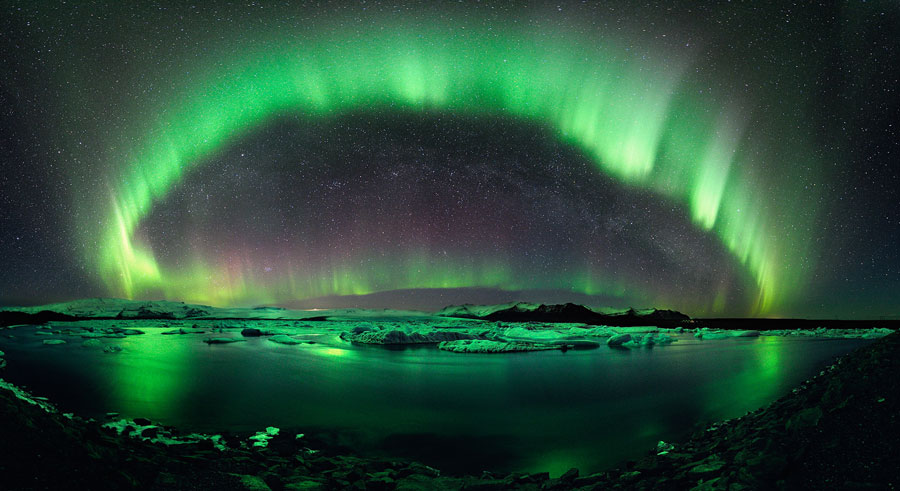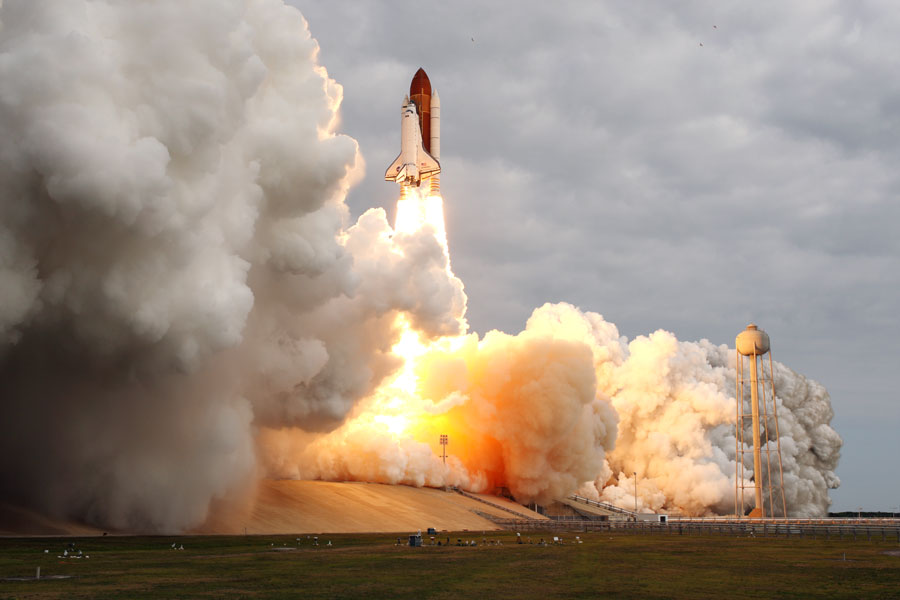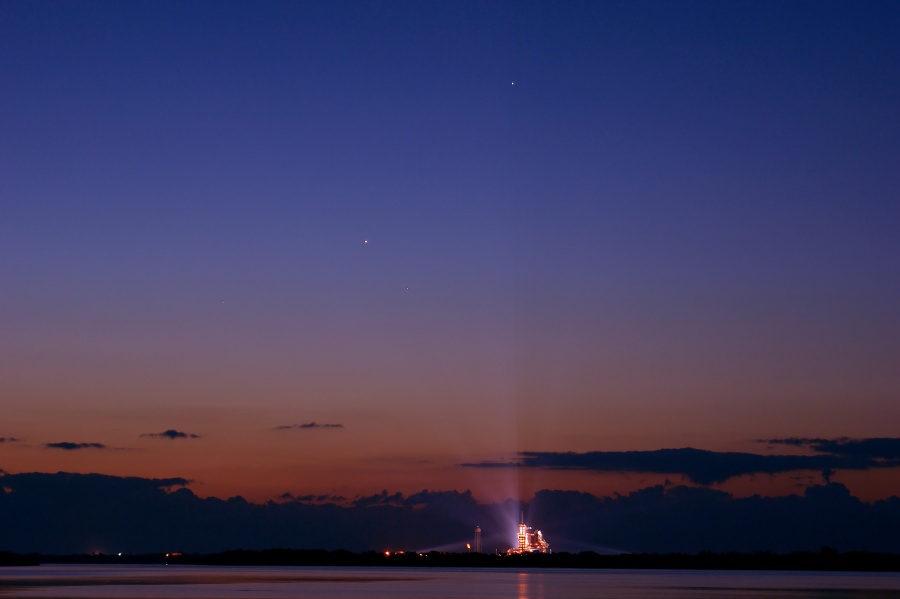Poll: Astronomy Picture of the Week for 2011 May 15-21
Posted: Mon May 23, 2011 12:21 am
_______________________________________________________________
Please vote for the TWO best Astronomy Pictures of the Day (image and text) of May 15-21, 2011.
(Repeated APODs are not included in the poll.)
All titles are clickable and link to the original APOD page.
We ask for your help in choosing an APOW as this helps Jerry and Robert create "year in APOD images" review lectures, create APOM and APOY polls that can be used to create a free PDF calendar at year's end, and provides feedback on which images and APODs were relatively well received. You can select two top images for the week.
We are very interested in why you selected the APODs you voted for, and enthusiastically welcome your telling us why by responding to this thread.
Thank you!
_______________________________________________________________
<- Previous week's poll
If you could sit back and watch clouds and the sky move all night and day, what might you see? One answer from the island of Tenerife, captured over the course of the year, includes sequences that are not only breathtaking but instructive. Visible in the above time-lapse movie include clouds that seem to flow like water, a setting sun that shows numerous green flashes, the Milky Way Galaxy rising behind towering plants, a colorful double fogbow, lenticular clouds that appear stationary near their mountain peaks, and colorful moon coronas. The above video was shot solely from the Teide National Park on Tenerife in the Canary Islands of Spain, off the north west coast of Africa. The video also features an unusual type of plant in several scenes -- can you identify it? On some nights, the sky is the best show in town. On this night, the sky was not only the best show in town, but a composite image of the sky won an international competition for landscape astrophotography. The above winning image was taken two months ago over Jökulsárlón, the largest glacial lake in Iceland. The photographer combined six exposures to capture not only two green auroral rings, but their reflections off the serene lake. Visible in the distant background sky is the band of our Milky Way Galaxy, the Pleiades open clusters of stars, and the Andromeda galaxy. A powerful coronal mass ejection from the Sun caused auroras to be seen as far south as Wisconsin, USA. As the Sun progresses toward solar maximum in the next few years, many more spectacular images of aurora are expected. Two days ago, powerful yet controlled explosions rocketed the Space Shuttle Endeavour on its final trip into Earth orbit. The above image was taken seconds after liftoff as the massive orbiter and six astronauts began a climb to a height where the atmosphere is so thin it is unbreathable. The shuttle, on mission STS-134, is expected to dock with the International Space Station (ISS) today. The Endeavour will deliver to the ISS, among other things, an ambitious detector called the Alpha Magnetic Spectrometer 2 (AMS), a detector that over the next few years could detect a significant abundance of specific types of dark matter, charged antimatter, and even a strangely possible variation of familiar matter called strangelets. The very last trip for any space shuttle is currently planned for mid-July when Atlantis will also visit the space station. This dusty island universe is one of the brightest spiral galaxies in planet Earth's sky. Seen nearly edge-on, NGC 253 is only 13 million light-years away, the largest member of the Sculptor Group of galaxies, neighbor to our own local galaxy group. The detailed close-up view is a five frame mosaic based on data assembled from Hubble Legacy Archive data. Beginning on the left near the galaxy's core, the sharp panorama follows dusty filaments, interstellar gas clouds, and even individual stars toward the galaxy's edge at the right. The magnificent vista spans nearly 50,000 light-years. The frame at the far right has been compressed slightly to bring into view an intriguing interacting pair of background galaxies. Designated a starburst galaxy because of its frantic star forming activity, NGC 253 features tendrils of dust rising from a galactic disk laced with young star clusters and star forming regions. NGC 253 is also known to be a strong source of high-energy x-rays and gamma rays, likely due to massive black holes near the galaxy's center. Majestic nebulae and stars of our Milky Way Galaxy stretch across this panoramic image of the entire night sky. At full resolution, the 5 gigapixel mosaic was stitched together from over 37,000 images, the result of a season following, year long effort and 60,000 travel miles in search of still dark skies in the American west and the western Cape of South Africa. The well-planned project combined many exposures from the dark sites, intended to produce an inspiring view of the night to rival the brightness of day. An interactive journey through the scene will uncover a congeries of innumerable stars with vast clouds of gas and dust strewn along the galactic plane and central bulge, too faint to see with the unaided eye. Even galaxies of stars beyond our Milky Way can be found within the cosmic vista. When dawn broke over Kennedy Space Center on Monday, May 16, the space shuttle orbiter Endeavour still stood on pad 39A. Its final launch, on mission STS-134 to the International Space Station, was only hours away. Shining through the early morning twilight four planets were also poised above the eastern horizon, a moving scene captured here from across the Banana River at the center's Saturn V VIP viewing site. Scattered by planet Earth's dense atmosphere, floodlight beams play over the launch pad, glancing skyward toward the celestial beacons. Jupiter is highest, near the top of the frame, but even the solar sytem's ruling gas giant is outshone by brilliant Venus near picture center. Innermost planet Mercury is below Venus, to the right. Below and left, Mars almost fades into the twilight glow. The four planets continue to hug the eastern horizon at dawn throughout the month, while Endeavour is now scheduled to make its final approach to planet Earth on June 1.
<- Previous week's poll
Please vote for the TWO best Astronomy Pictures of the Day (image and text) of May 15-21, 2011.
(Repeated APODs are not included in the poll.)
All titles are clickable and link to the original APOD page.
We ask for your help in choosing an APOW as this helps Jerry and Robert create "year in APOD images" review lectures, create APOM and APOY polls that can be used to create a free PDF calendar at year's end, and provides feedback on which images and APODs were relatively well received. You can select two top images for the week.
We are very interested in why you selected the APODs you voted for, and enthusiastically welcome your telling us why by responding to this thread.
Thank you!
_______________________________________________________________
<- Previous week's poll
If you could sit back and watch clouds and the sky move all night and day, what might you see? One answer from the island of Tenerife, captured over the course of the year, includes sequences that are not only breathtaking but instructive. Visible in the above time-lapse movie include clouds that seem to flow like water, a setting sun that shows numerous green flashes, the Milky Way Galaxy rising behind towering plants, a colorful double fogbow, lenticular clouds that appear stationary near their mountain peaks, and colorful moon coronas. The above video was shot solely from the Teide National Park on Tenerife in the Canary Islands of Spain, off the north west coast of Africa. The video also features an unusual type of plant in several scenes -- can you identify it? On some nights, the sky is the best show in town. On this night, the sky was not only the best show in town, but a composite image of the sky won an international competition for landscape astrophotography. The above winning image was taken two months ago over Jökulsárlón, the largest glacial lake in Iceland. The photographer combined six exposures to capture not only two green auroral rings, but their reflections off the serene lake. Visible in the distant background sky is the band of our Milky Way Galaxy, the Pleiades open clusters of stars, and the Andromeda galaxy. A powerful coronal mass ejection from the Sun caused auroras to be seen as far south as Wisconsin, USA. As the Sun progresses toward solar maximum in the next few years, many more spectacular images of aurora are expected. Two days ago, powerful yet controlled explosions rocketed the Space Shuttle Endeavour on its final trip into Earth orbit. The above image was taken seconds after liftoff as the massive orbiter and six astronauts began a climb to a height where the atmosphere is so thin it is unbreathable. The shuttle, on mission STS-134, is expected to dock with the International Space Station (ISS) today. The Endeavour will deliver to the ISS, among other things, an ambitious detector called the Alpha Magnetic Spectrometer 2 (AMS), a detector that over the next few years could detect a significant abundance of specific types of dark matter, charged antimatter, and even a strangely possible variation of familiar matter called strangelets. The very last trip for any space shuttle is currently planned for mid-July when Atlantis will also visit the space station. This dusty island universe is one of the brightest spiral galaxies in planet Earth's sky. Seen nearly edge-on, NGC 253 is only 13 million light-years away, the largest member of the Sculptor Group of galaxies, neighbor to our own local galaxy group. The detailed close-up view is a five frame mosaic based on data assembled from Hubble Legacy Archive data. Beginning on the left near the galaxy's core, the sharp panorama follows dusty filaments, interstellar gas clouds, and even individual stars toward the galaxy's edge at the right. The magnificent vista spans nearly 50,000 light-years. The frame at the far right has been compressed slightly to bring into view an intriguing interacting pair of background galaxies. Designated a starburst galaxy because of its frantic star forming activity, NGC 253 features tendrils of dust rising from a galactic disk laced with young star clusters and star forming regions. NGC 253 is also known to be a strong source of high-energy x-rays and gamma rays, likely due to massive black holes near the galaxy's center. Majestic nebulae and stars of our Milky Way Galaxy stretch across this panoramic image of the entire night sky. At full resolution, the 5 gigapixel mosaic was stitched together from over 37,000 images, the result of a season following, year long effort and 60,000 travel miles in search of still dark skies in the American west and the western Cape of South Africa. The well-planned project combined many exposures from the dark sites, intended to produce an inspiring view of the night to rival the brightness of day. An interactive journey through the scene will uncover a congeries of innumerable stars with vast clouds of gas and dust strewn along the galactic plane and central bulge, too faint to see with the unaided eye. Even galaxies of stars beyond our Milky Way can be found within the cosmic vista. When dawn broke over Kennedy Space Center on Monday, May 16, the space shuttle orbiter Endeavour still stood on pad 39A. Its final launch, on mission STS-134 to the International Space Station, was only hours away. Shining through the early morning twilight four planets were also poised above the eastern horizon, a moving scene captured here from across the Banana River at the center's Saturn V VIP viewing site. Scattered by planet Earth's dense atmosphere, floodlight beams play over the launch pad, glancing skyward toward the celestial beacons. Jupiter is highest, near the top of the frame, but even the solar sytem's ruling gas giant is outshone by brilliant Venus near picture center. Innermost planet Mercury is below Venus, to the right. Below and left, Mars almost fades into the twilight glow. The four planets continue to hug the eastern horizon at dawn throughout the month, while Endeavour is now scheduled to make its final approach to planet Earth on June 1.
<- Previous week's poll





